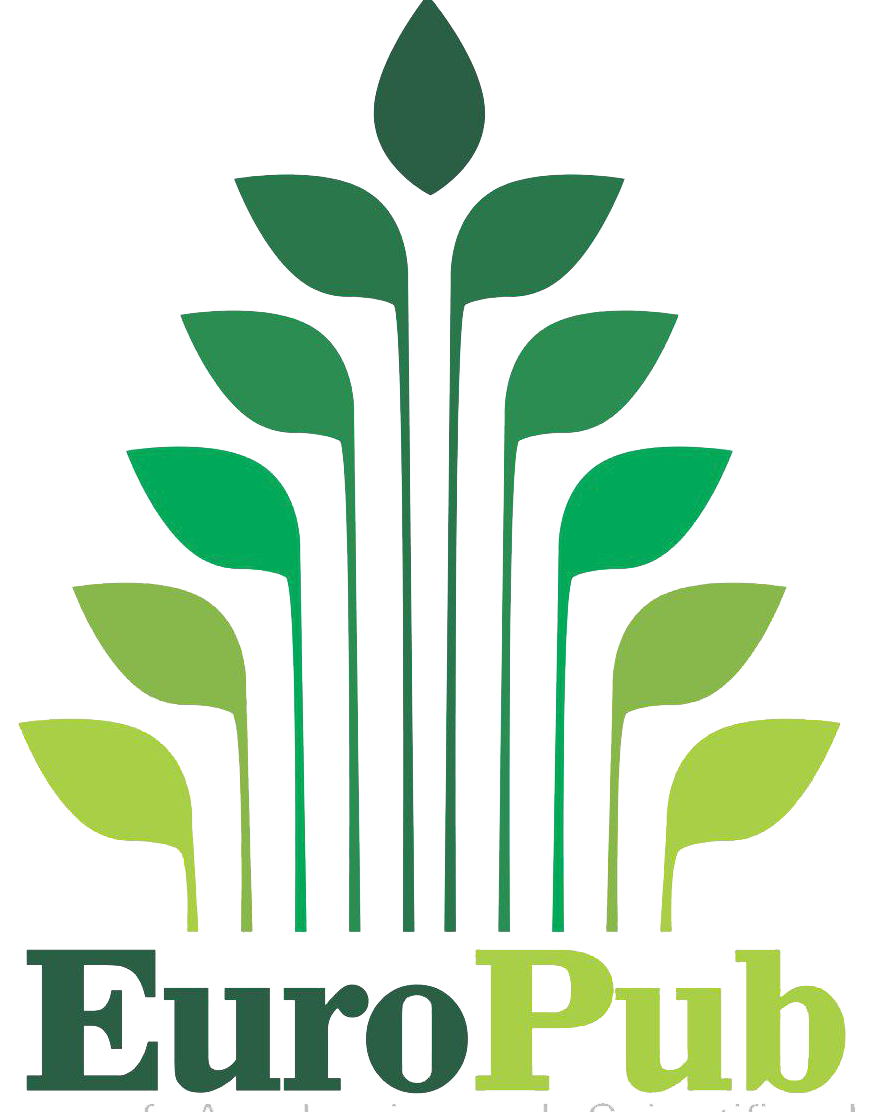Use of Figurative Language in Brand Taglines: A Stylistic Analysis
Abstract
This study explores the use of figurative language in brand taglines, focusing on how stylistic devices like hyperbole, metaphor, personification, parallelism, and symbolism enhance marketing communication. Through a qualitative analysis of 20 taglines from various product categories, we identify hyperbole and metaphor as the most prevalent forms of figurative language employed to create memorable and impactful brand messages. Hyperbole, exemplified by taglines such as Olay's "Ageless," captures attention through exaggerated claims, while metaphors like Bounty's "A Taste of Paradise" evoke vivid, relatable imagery. Other devices, such as personification in Vaseline's "The Healing Power of Vaseline," parallelism in Lipton's "Drink Better, Live Better," and symbolism in Herbal Essence's "Take your hair to Paradise" further contribute to the persuasive power of taglines by making products more relatable and memorable. This study underscores the effectiveness of figurative language in distinguishing brands in a competitive marketplace and highlights its relevance for marketing professionals and students of stylistics and linguistics. The findings provide practical insights into the strategic use of language in advertising and suggest avenues for future research to expand on these insights across different product categories and stylistic features.




